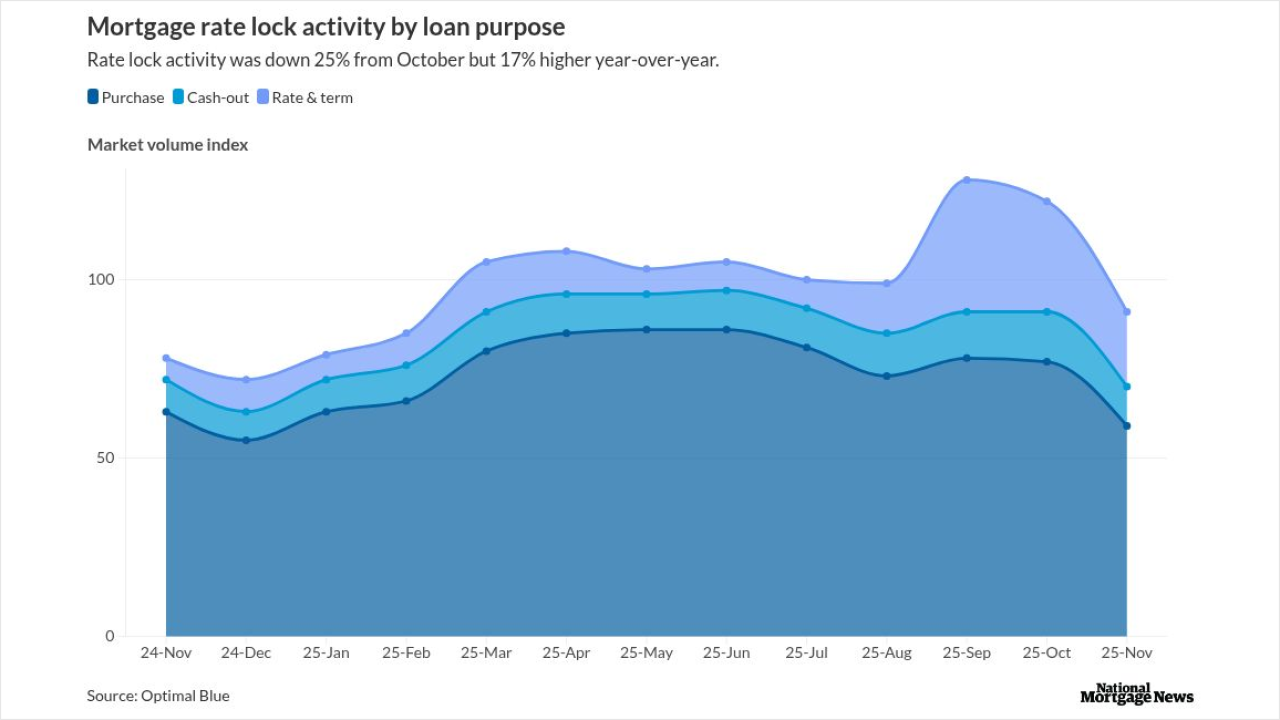(Bloomberg) -- The November U.S. jobs report presented a seemingly confusing picture: a much lower-than-expected payrolls gain, but strong labor-market progress with a sharp drop in the unemployment rate.
That’s because the Bureau of Labor Statistics’ monthly report is composed of two surveys -- one of households and the other of employers -- which each have slightly different questions and definitions of employment. For that reason, the numbers can show a marked divergence.
In November, employment increased by 1.14 million in the household survey but payrolls rose by just 210,000 in the employers survey, also referred to as the establishment or payrolls survey. That was the biggest gap between the figures since October 2020.
“This report is a tale of two surveys,” Nick Bunker, economist at Indeed Inc., said in a note. “The household survey shows accelerating employment gains, workers returning to the labor force, and low levels of involuntary part-time work. The payroll survey shows a significant deceleration in job growth, particularly in Covid-affected sectors.”
One of the reasons for the wide difference between the survey figures in November could be that the household survey results are catching up to gains shown in the employer survey earlier this year.
The adjusted household survey figures “lagged the strength in payrolls, and now it’s caught up entirely. The year-to-date cumulative change across the two surveys is almost identical at 6.1 million jobs added,” said Omair Sharif, founder and president of Inflation Insights LLC.
Read more: All About the Formulas Behind the Jobs Report Numbers: QuickTake
The BLS says that the household survey employment level is typically “higher than that of the payroll survey because the household survey has a broader employment definition than the payroll survey.” The household survey’s employment concept includes people on unpaid leave from their jobs, while that of the payroll survey only includes those who were paid during the reference period.
Each survey serves a distinct purpose, and both “are needed for a complete picture of the labor market,” the BLS says. The establishment survey produces the headline payrolls figure investors watch each month, while the household survey is used to calculate the unemployment rate.
“The difference between the November household and payroll measures of employment is remarkably wide, but the latter is much more reliable,” Ian Shepherdson, chief economist at Pantheon Macroeconomics, said in a note. “Over time, the household measure tends to oscillate around the trend in payrolls.”
More stories like this are available on bloomberg.com
©2021 Bloomberg L.P.




